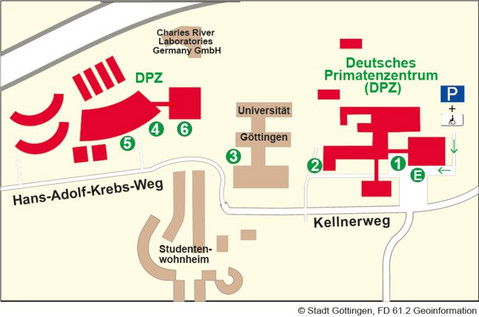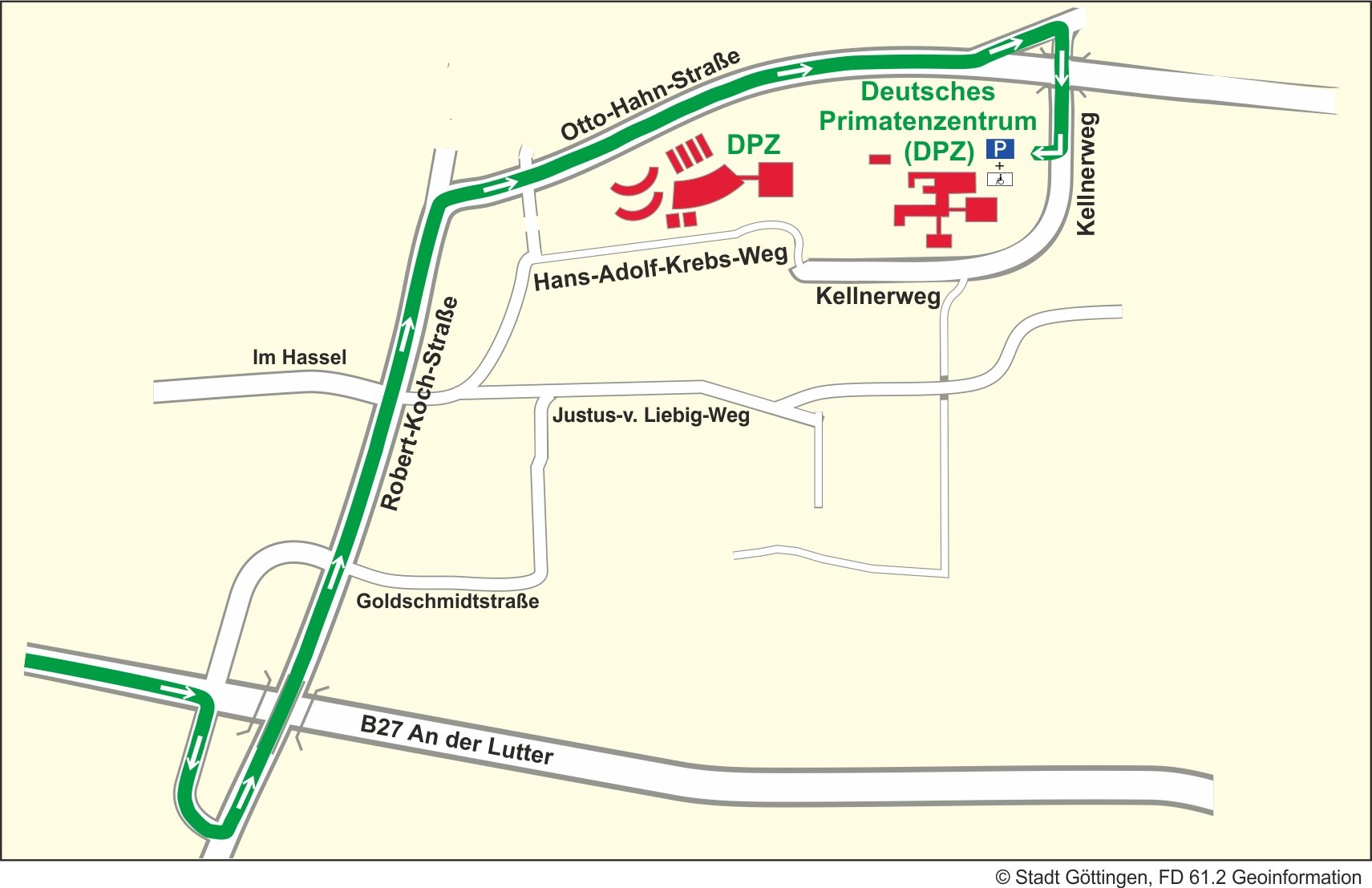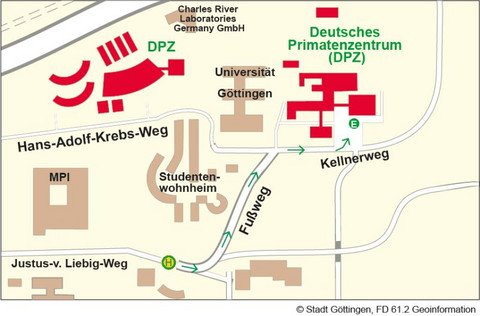Neural Representations of Natural Self-Motion: Implications for Perception & Action
Als Kalendereintrag speichernA fundamental question in neuroscience is how does the brain compute accurate estimates of our self-motion relative to the world and orientation relative to gravity in everyday life. In this talk, I will describe recent findings from my laboratory’s research that have addressed this question and provided new insight into how vestibular pathways encode self-motion information to ensure accurate perception and motor control.
First, we have recently examined the statistics of natural self-motion signals experienced by mice, monkeys, and humans, and then explored the neural coding strategies used by early vestibular pathways. Focusing on the relationships between neural variability, detection thresholds, and information transmission, our findings have revealed that two distinct sensory channels represent vestibular information at the level of the vestibular periphery. Notably, more regularly discharging afferents have better detection thresholds and use rate coding, while more irregular afferents take advantage of precise spike timing (i.e, temporal coding) and are better optimized for processing natural vestibular stimuli.
Our research has also established that the neurons at the first central stage of vestibular processing are substantially less sensitive to active motion. Notably, this ability to distinguish between active and passive motion is not a general feature of early vestibular processing, but is instead a characteristic of a distinct group of neurons known to contribute to postural control and spatial orientation. Our most recent studies further indicate that multimodal integration within the vestibular cerebellum is required for this cancellation of self-generated vestibular information from the subsequent computation of orientation and posture control. Moreover, when unexpected vestibular inputs become persistent during active motion, indicating that this mechanism is rapidly updated to re-enable the vital distinction between active and passive motion to ensure the maintenance of posture. Finally, our recent findings have established that posterior thalamocortical vestibular pathway even more selectively encode unexpected motion, thereby providing a neural correlate for ensuring perceptual stability during active versus externally generated motion.
Acknowledgements: Funded by NIH/NIDCD R01-DC2390, the Canadian Institutes of Health Research (CIHR), Natural Sciences and Engineering Research Council of Canada (NSERC), and Canada Foundation for Innovation (CFI).
Referent/-in
Dr. Kathleen E. Cullen, Professor Department of Biomedical Engineering
The Johns Hopkins University, Baltimore, MD 21205, U.S.A.
Anfahrtswege zum DPZ
Lageplan des DPZ

E - Haupteingang/Anmeldung
1 - Geschäftsführung; Abteilungen: Infektionsbiologie/-modelle, Versuchstierkunde, Primatengenetik, Verhaltensökologie und Soziobiologie, Kognitive Ethologie, Neurobiologie; Verwaltung; Bibliothek; Stabsstellen: Forschungskoordination, Kommunikation, Informationstechnologie, Betriebstechnik
2 - Materialanlieferung/Einkauf
3 - Forschungsplattform Degenerative Erkrankungen; Forschungsgruppe Soziale Evolution der Primaten
4 - Abteilung Kognitive Neurowissenschaften
5 - Tierhaltung
6 - Bildgebungszentrum; Abteilung Funktionelle Bildgebung
Anreise mit dem PKW

Folgen Sie von der Autobahnausfahrt "Göttingen Nord" der B27 in Richtung Braunlage bis zur dritten Ampelkreuzung. Biegen Sie rechts ab Richtung Kliniken und anschließend links in die Robert-Koch-Straße. Am Ende der Straße fahren Sie rechts in Richtung Nikolausberg auf die Otto-Hahn-Straße. Die erste Straße zu Ihrer Linken ist der Kellnerweg, das Primatenzentrum ist ausgeschildert.
Anreise mit dem Bus

Ihr Fußweg von der Bushaltestelle Kellnerweg zum DPZ-Haupteingang/zur Anmeldung:
Von der Bushaltestelle Kellnerweg (Linie 21/22 und 23) Straße überqueren, in Fahrtrichtung des Busses gehen. Am Briefkasen links in den Fußweg einbiegen und rechts halten. Am Ende des Fußwegs rechts in den Kellnerweg abbiegen. Der Haupteingang des DPZ liegt dann auf der linken Seite.
Datum und Uhrzeit 28.06.19 - 16:15 - 17:15 Anmeldung nicht notwendig
Veranstaltungsort Alter Hörsaal/Old Lecture Hall
Cognitive Neuroscience Laboratory
German Primate Center
Kellnerweg 4
37077 Göttingen
Phone: +49 (551) 3851-344
Fax: +49 (551) 3851-452
E-Mail: bwild@dpz.eu
